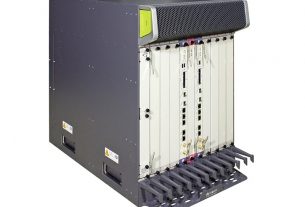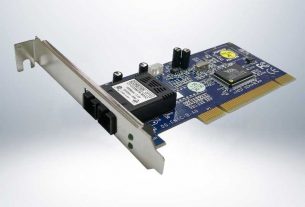Over time, the electronic components required for running factory systems became smaller, facilitating the inclusion of more electronic components within electrical enclosures. While these tightly packed components conserve space and make way for more efficient automation, they leave very little room for heat dissipation and airflow. This would lead to higher temperatures within the enclosures, which in turn, lead to problems such as electronic overheating, control failures, and system shutdowns. Every time there is an 18°F rise in temperature in an electronic enclosure, the reliability of electronic components is reduced by 50%.
Ways to protect factory enclosures
It is possible to maintain an ideal temperature within electrical enclosures and prevent system failure by equipping the cabinets with a cooling system. Several kinds of cooling devices are available to suit different business needs. They can be broadly classified as passive cooling types like fans, blowers, heat sinks, and heat exchangers, and active cooling types such as air conditioners, thermoelectric devices, and vortex coolers. Each method has its own merits and shortcomings, depending upon the specific application.
While protecting the enclosures in your factory or business you need to consider the following factors.
Heat Load
This is the most crucial factor to consider while selecting an electrical enclosure cooler. The total heat load is made up of two factors – internal heat load (heat that is generated by the electric components inside) and external heat load (heat gained or lost through the walls of the enclosure).
Location of Enclosure
Consider the type of environment where the unit will be placed. Natural elements such as sun and heat, along with other outside elements and operational hazards have to be looked into while choosing the location.
If an enclosure is outdoors (think rain, wind, ice, and frost) the cooling system should have a NEMA 4 or 4X rating. This is vital to ensure the interior remains dry and clean. When placed indoors, and away from a hazardous environment, a NEMA 12 enclosure cooler is best suited.
In washdown operations, a NEMA 4X enclosure cooler is required to ensure that the washdown solution does not enter the enclosure. Likewise, if the enclosure is at hazardous locations, it is necessary to comply with IECEx, ATEX, and UL recommended system requirements.
Temperature Control requirements
Most enclosure cooling methods use a regulator or thermostat to monitor the temperature inside the enclosure. It helps to regulate the cooling device and to keep the temperature within the acceptable range. Generally, most operations need the enclosure temperature to be maintained between 80 and 104°F (27 to 40°C).
Types of Enclosure Cooling Solutions
Some of the commonly used enclosure cooling systems include:
- Fan Cooling Systems
- Thermoelectric Cooling Systems
- Refrigerant (“Freon”) Based Cooling Systems
- Vortex Cooling Systems
The choice of the cooling system for your factory or business depends on various factors. It is always advisable to get at least one cooling system installed to beat the heat. Choose an enclosure and cooling solution that suits your application to prevent malfunctions and shutdowns.




